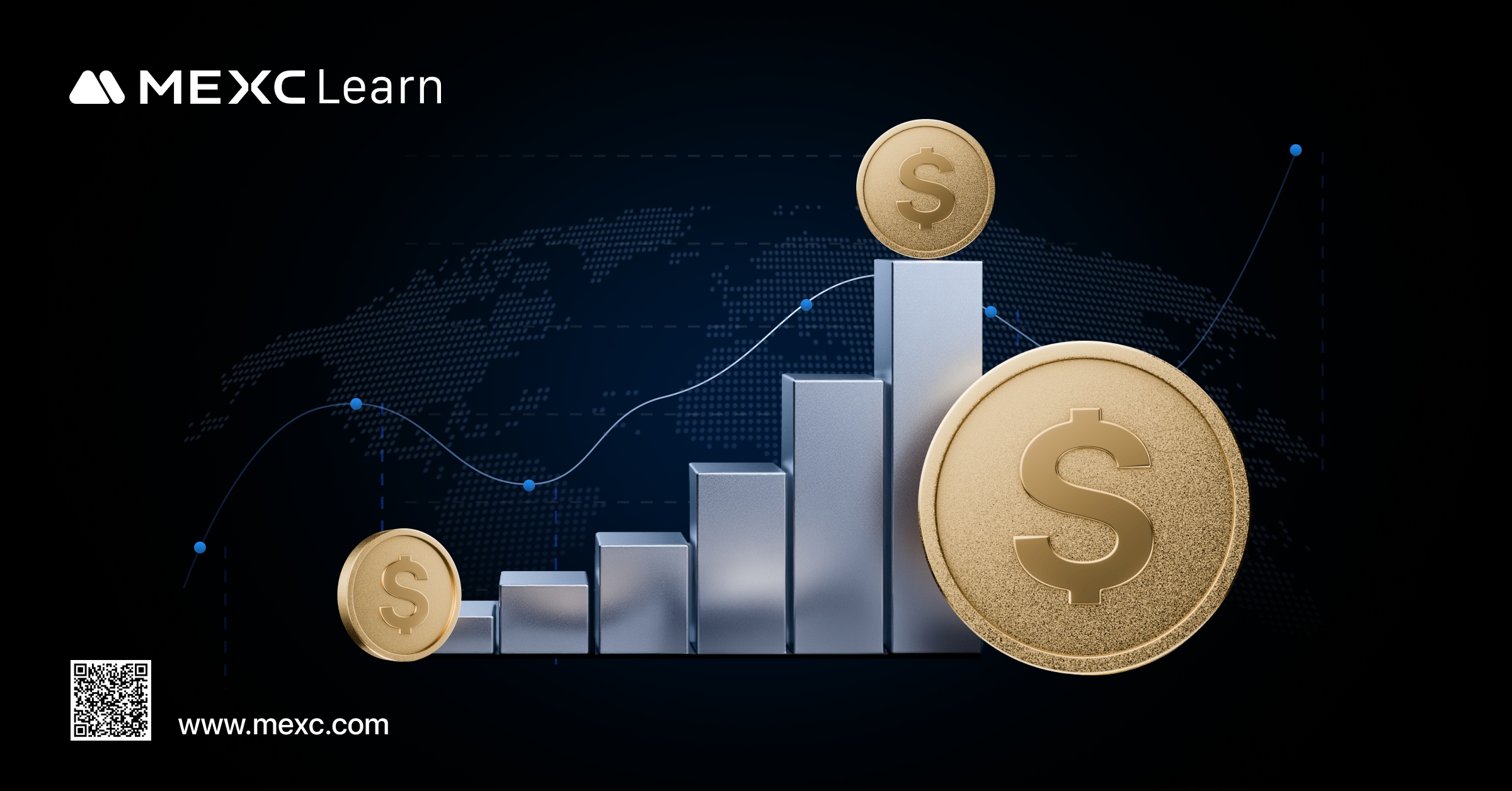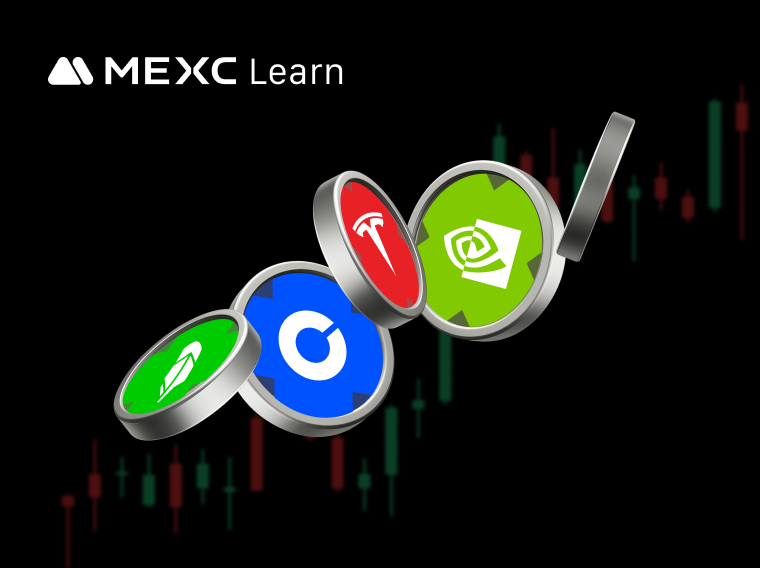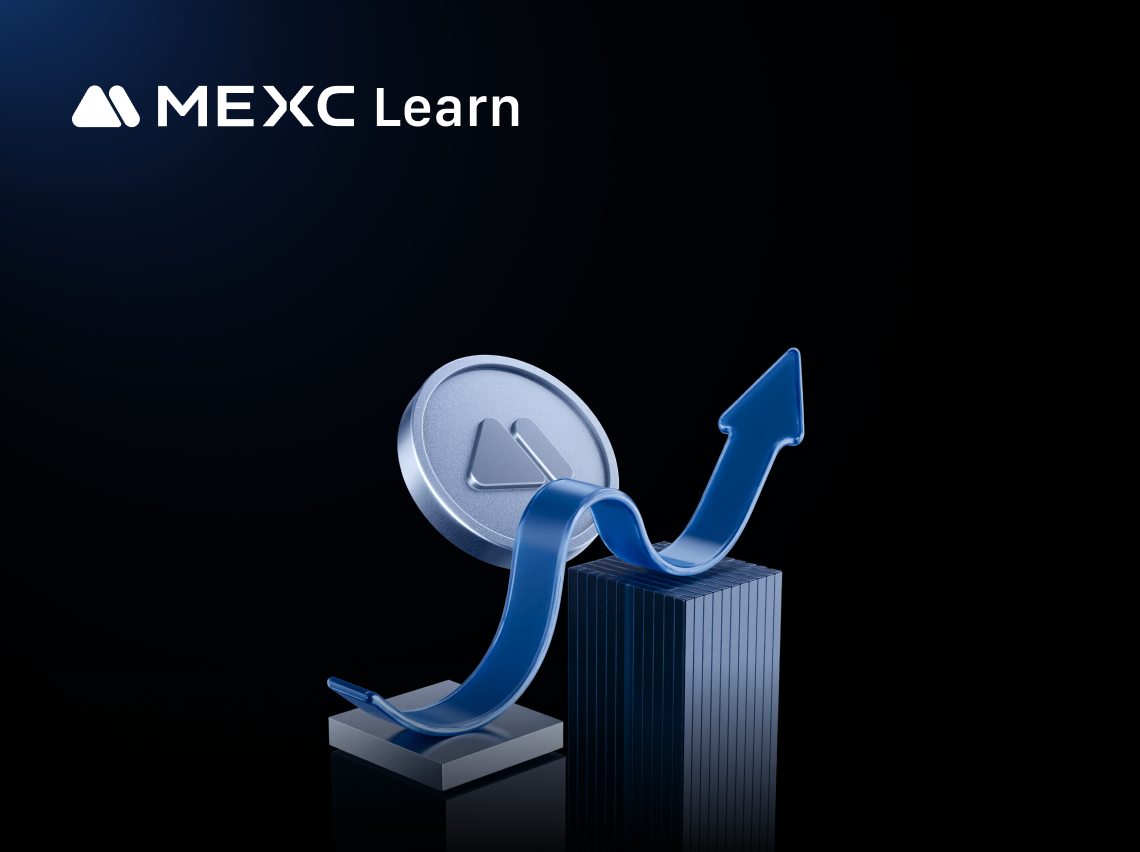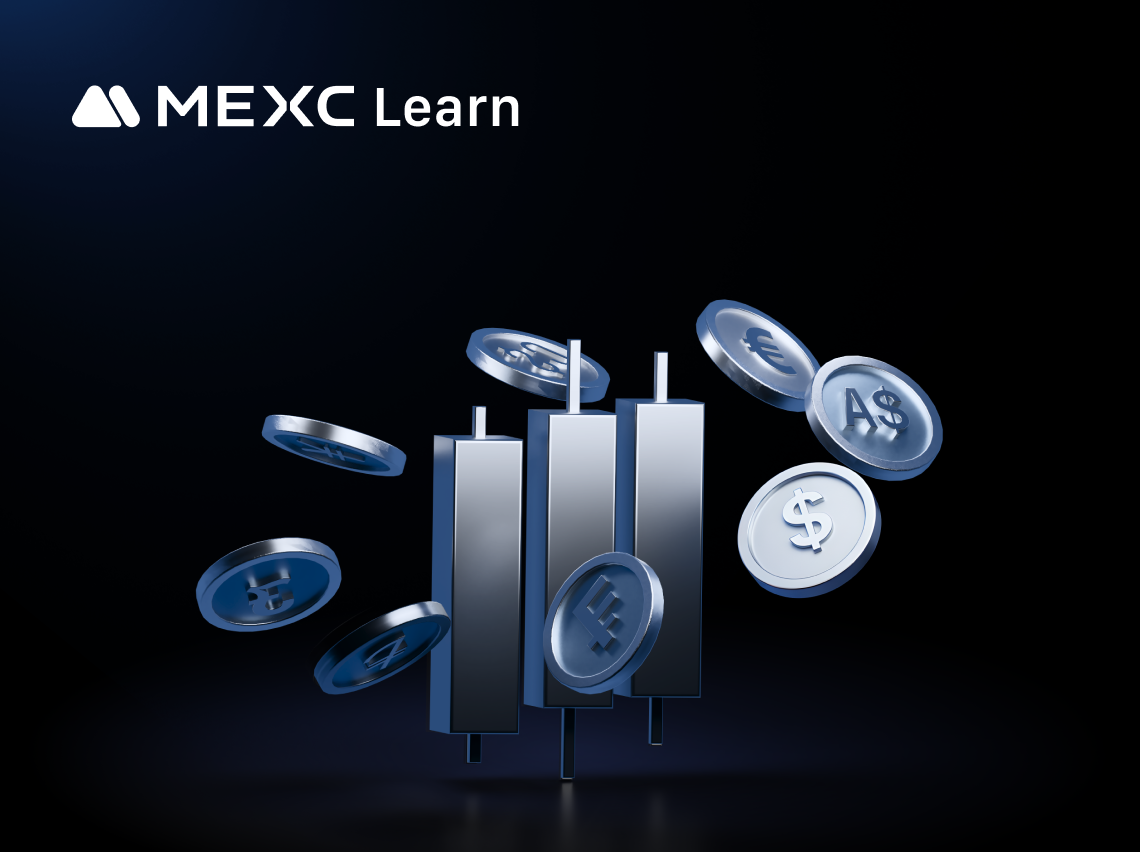July Global Economic Preview: Navigating the Market for Crypto Traders

1. Key Economic and Policy Events in July
Date | Event | Potential Impact |
July 3 | U.S. June Non-Farm Payrolls | USD strength, rate expectations shift, short-term BTC volatility |
July 10 | Fed Chair Powell's Congressional Testimony | Potential dovish signals, heightened market volatility |
July 15 | U.S. CPI, China Q2 GDP | Inflation outlook and economic resilience may influence crypto market direction |
July 24 | European Central Bank Rate Decision | Euro asset repricing and risk sentiment may spill over to crypto markets |
July 30 | U.S. Q2 GDP (Preliminary) | Macro fundamentals check, intensified volatility in U.S. equities and BTC |
July 31 | FOMC Rate Decision, Bank of Japan Meeting | Adjustments in U.S. yields and ripple effects across Asian markets |
Mid-July onward (rolling implementation) | EU MiCA Stablecoin Regulations Take Effect | Reshaping of stablecoin liquidity structure, potential shifts in USDT/USDC on-chain dominance |
2. Key Event Insights: Pinpointing Potential Turning Points for Crypto Assets
2.1 The Federal Reserve: Rate Path Uncertainty Remains in Focus
2.2 European and Asian Central Banks: Policy Divergence Could Reshape Arbitrage Flows
2.3 Stablecoin Regulation: On-Chain Repricing Triggered by MiCA Implementation
2.4 China's Economic Data: An Indirect Signal for Crypto Markets
3. Why are these Events Critical for the Crypto Market?
3.1 Shifting Policy Expectations Make Interest Rates a Key Variable
3.2 Stablecoin Regulation Begins, Reshaping On-Chain Capital Flows
3.3 Dense Data Releases Make Market Sentiment Prone to Swings
4. How Should Crypto Traders Respond?
4.1 Position Ahead of High-Volatility Windows
4.2 Reduce Leverage and Set Stop-Losses to Strengthen Position Management
- Take-Profit: Set auto-close prices based on your target level or recent highs to lock in profits during volatile price swings.
- Stop-Loss: Use key support levels or your maximum acceptable loss percentage as a reference to cap potential downside and avoid uncontrollable losses.
Percentage Decline | Required Rebound to Break Even |
10% | 11% |
20% | 25% |
50% | 100% |
4.3 Closely Monitor the Stablecoin Market and On-Chain Activity
5. Conclusion: A Crucial Month Demands Disciplined and Flexible Strategies
Popular Articles

What is MIRA Network? Complete Guide to the AI Verification Crypto Token
In the rapidly evolving world of artificial intelligence, one critical challenge threatens to limit AI's transformative potential: reliability. While AI systems excel at generating creative content, t

How to Export Futures Position History Data
In futures trading, mastering and analyzing your historical trade data is the first step toward becoming a more experienced trader. MEXC's newly launched Futures Position History data export feature p

How to Rearrange the Open Position Information Columns in Futures Trading
In Futures trading, once you have opened a position, it will appear under Open Position. The Open Positions list includes Trading Pair, Position, Avg Entry Price, Fair Price, Est. Liq Price, Margin Ra

Zero Threshold, Zero Slippage: How to Trade U.S. Stock Futures on MEXC
Recently, AI-related stocks have soared, and tech giants continue to hit new highs, once again drawing global attention to the U.S. stock market. However, for most crypto users, entering the tradition
Hot Crypto Updates

RIVER Exchange Registration: Solve Common Problems
IntroductionRegistering on a cryptocurrency exchange is the first crucial step toward trading RIVER. With RIVER gaining popularity as a chain-abstraction stablecoin platform, choosing the right tradin

RIVER Laws Worldwide: Country by Country Guide
Introduction to Global Cryptocurrency RegulationThe global regulatory landscape for cryptocurrencies such as RIVER is rapidly evolving, with over 75 countries developing or implementing regulatory fra

RIVER Strategy Showdown: DCA vs Swing Trading
Understanding RIVER Investment FundamentalsRIVER is a cryptocurrency that offers investors exposure to the chain-abstraction stablecoin sector, focusing on cross-chain collateral, yield, and liquidity

Secure Your RIVER Exchange Account: Pro Tips
Introduction to RIVER Security EssentialsSecuring your RIVER holdings is essential in today's digital asset landscape, as these assets are prime targets for cybercriminals. Unlike traditional financia
Trending News

Nasdaq Company Adds 7,500 BTC in Bold Treasury Move
The live-streaming and e-commerce company has struck a deal to acquire 7,500 BTC, instantly becoming one of the largest public […] The post Nasdaq Company Adds 7,500 BTC in Bold Treasury Move appeared

Shiba Inu (SHIB) Price Forecast: Why SHIB and Mutuum Finance (MUTM) May Skyrocket in 2025
Shiba Inu (SHIB) has been a very traded coin within the memecoin market, where price action is highly dependent upon sentiment within the community and volatility of the markets. As SHIB holds specula

Microsoft Cloud Services Under Crucial Scrutiny Amid Surveillance Allegations
BitcoinWorld Microsoft Cloud Services Under Crucial Scrutiny Amid Surveillance Allegations In the rapidly evolving digital landscape, where discussions around data sovereignty and privacy are paramoun

Bitcoin Slides Below $110,000 As Ethereum, XRP, Dogecoin Drop Over 5% On $1 Billion In Liquidations
Crypto markets took a sharp hit on Thursday, with Bitcoin falling below $110,000.read more
Related Articles

What is MIRA Network? Complete Guide to the AI Verification Crypto Token
In the rapidly evolving world of artificial intelligence, one critical challenge threatens to limit AI's transformative potential: reliability. While AI systems excel at generating creative content, t

How to Export Futures Position History Data
In futures trading, mastering and analyzing your historical trade data is the first step toward becoming a more experienced trader. MEXC's newly launched Futures Position History data export feature p

How to Rearrange the Open Position Information Columns in Futures Trading
In Futures trading, once you have opened a position, it will appear under Open Position. The Open Positions list includes Trading Pair, Position, Avg Entry Price, Fair Price, Est. Liq Price, Margin Ra

Zero Threshold, Zero Slippage: How to Trade U.S. Stock Futures on MEXC
Recently, AI-related stocks have soared, and tech giants continue to hit new highs, once again drawing global attention to the U.S. stock market. However, for most crypto users, entering the tradition
